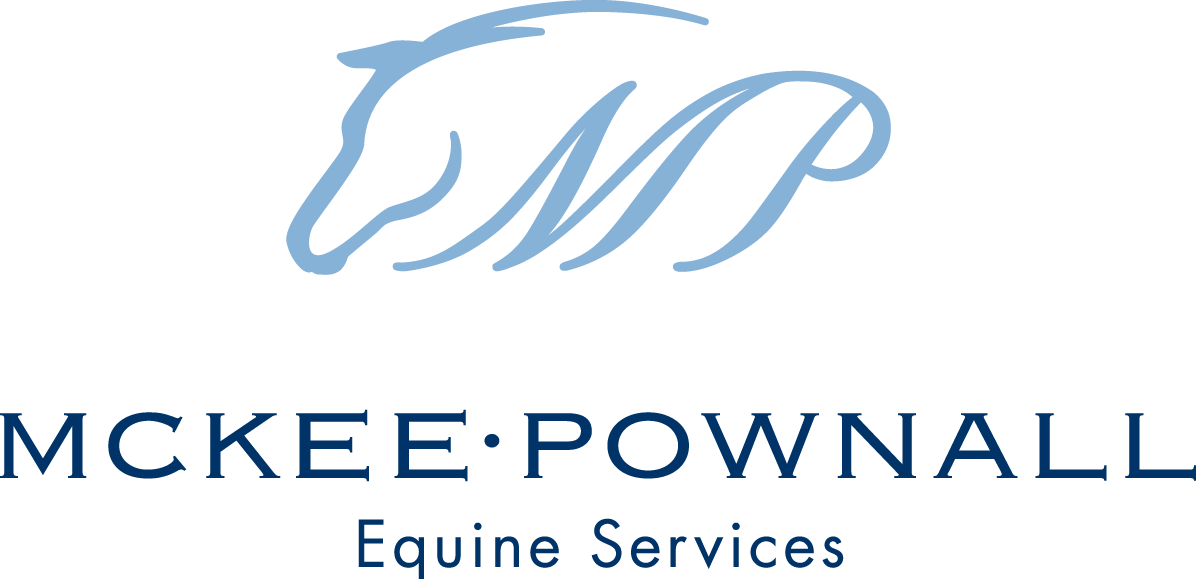
Standing MRI
Early, Safe And Accurate Lameness Diagnosis For Your Equine Partner
What is MRI?
MRI is a diagnostic technique using a magnetic field to produce pictures of structures inside the body. MRI signals yield multiple images in the form of “slices” of the foot or distal limb in several different orientations. MRI provides images of bone, fluid, and soft tissue and can also help to differentiate between active and chronic lesions. This enables us to observe injuries in a way that cannot be seen with any other equipment.
Examples of MRI Usage
The structure that is imaged most frequently with the MRI is the hoof. The equine hoof is comprised of many soft tissue structures that cannot be seen on x-ray, and cannot be penetrated by ultrasound waves. We are now able to identify damage to these tissues, provide an explanation for many frustrating foot lameness cases, and suggest new treatments and shoeing techniques.
MRI also allows evaluation of bone injury that is not visible on x-rays, such as fluid build-up and bruising, and early fractures before they become obvious cracks. The MRI system is best used when a lameness can be localized to a specific area, such as a particular foot or fetlock, but shows no abnormalities on digital x-ray or ultrasound.
The Benefits of standing MRI
High-quality diagnostic images of bone and soft tissue
Detection of lesions not visible on x-rays and ultrasound
Eliminate the risk of general anesthesia
Outpatient procedure, no need for hospitalization
Major medical insurance often covers a portion of the cost
Accurate diagnosis allows earlier, more effective targeted treatment plans and prognosis
Consider MRI in these situations:
Lameness localized to the foot or lower limb by nerve blocks
X-rays to not show any injuries/lesions
Area not accessible with ultrasound
Early detection of bone fractures in racehorses
Assessing damage after penetrating injuries of the foot
After acute onset of lameness during exercise
To monitor treatment and healing before returning to work
The Procedure
Front or hind shoes are removed to prevent metal interference
Horse is sedated, walks into the room, and a leg is placed in the scanner
The operator aligns the scanner with the injury site
Many images are collected of the injured area, and of the opposite leg for comparative purposes which can take a few hours
Scans are interpreted and reported within 48 hours
No radiation, no known biological hazards
The Hallmarq Magnetic Resonance Imaging system allows a scan to be performed on a standing sedated horse, which eliminates the risks of general anesthesia and hospitalization required with traditional lying-down systems. The appointment may span most of the day, involving patient preparation, several hours of scanning, and a recovery period following sedation before the patient can safely leave. The scans are interpreted and a report is completed within 48 hours. Major medical insurance often covers a portion of the cost.
MRI Appointments
Appointment times are typically booked within 1 week
12240 Second Line Nassagaweya
519-856-8225
info@mpequine.com
www.mpequine.com
Case 1
This 15 year old QH mare has suffered from intermittent episodes of mild left front lameness but recently her limp has become much worse and is not improving with rest. Nerve blocks confirmed that the pain originated in the foot, but digital radiographs showed only mild navicular changes. An MRI was performed for further assessment.
Diagnosis: This horse has chronic navicular inflammation and has developed a cyst-like (fluid filled) structure within the bone. This weakness has eroded through to the flexor (rearwards facing) surface of the bone and is now causing irritation and adhesion to the deep digital flexor tendon. Unfortunately the prognosis for soundness is very poor with these severe degenerative changes, although Tildren therapy and injection of the navicular bursa did improve her comfort levels significantly. Since the majority of the navicular lesions had not yet affected the bone structure, there was minimal evidence of the damage on radiographs.
Case 2
This 8 year old irish hunter gelding became suddenly 4/5 lame on the right front leg. Nerve blocks indicated that his pain originated somewhere below the fetlock, but digital radiographs did not reveal any lesions. The lameness did not improve with several weeks of rest and poultice (in case of a foot abscess). On re-examination, local anesthesia of the pastern joint caused 100% improvement in his pain. Here are the MRI images.
This horse has a severe bone bruise in the top of P2 (short pastern) that involves the pastern joint surface. Over several months, radiographic signs of arthritis finally began to develop. Since he now had chronic lameness and clinical high ringbone, the pastern joint was fused with plates and screws. Although he cannot field hunt any more, he is happy and comfortable as a pleasure horse.







